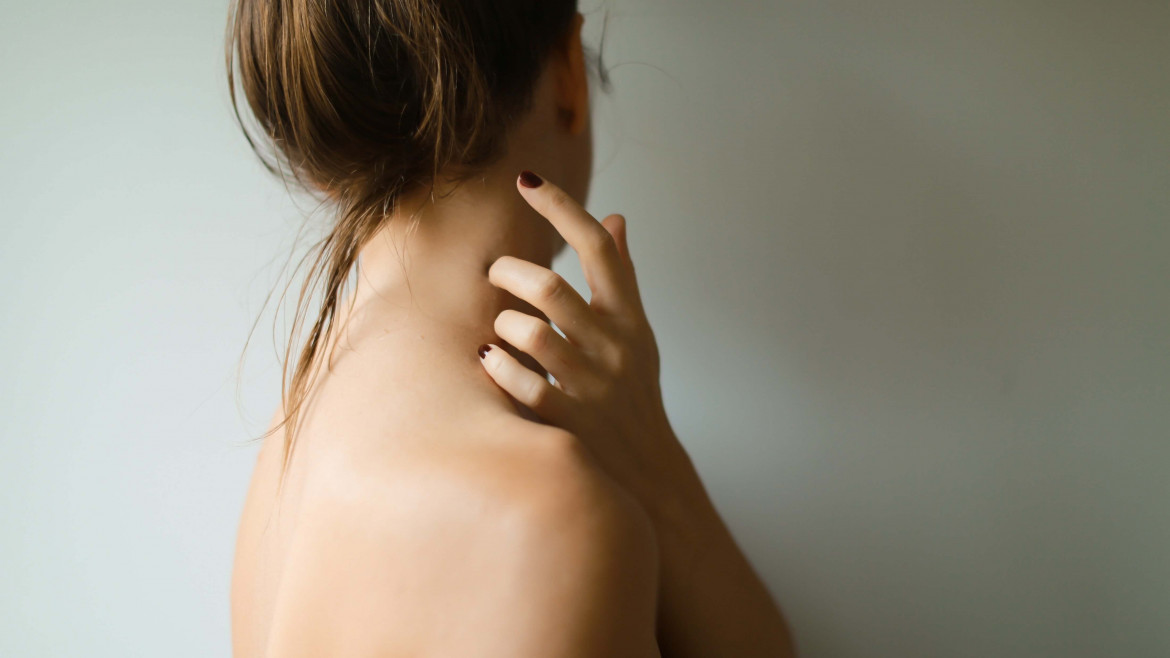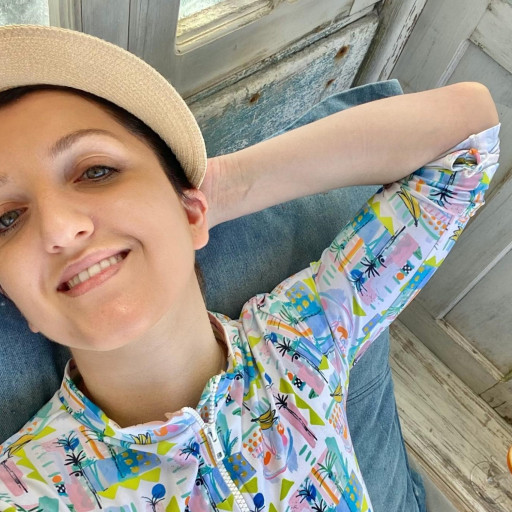I am sure that every time someone notices a lump or bump in their skin, they immediately assume the worst, cancer. But more often than not, the said bump might be a cyst. Are you familiar with what cysts are? If not, here is the chance to get as much information as possible, starting with what cysts are. Come along!
What Are Cysts?
Cysts are lumps that typically develop from blocked hair follicles or other skin cells. A cyst is a closed membranous tissue that is distinct from the tissue where it’s located. It is filled with dead skin cells, keratin, fluid, and/or other substances.
Why Do Cysts Form?
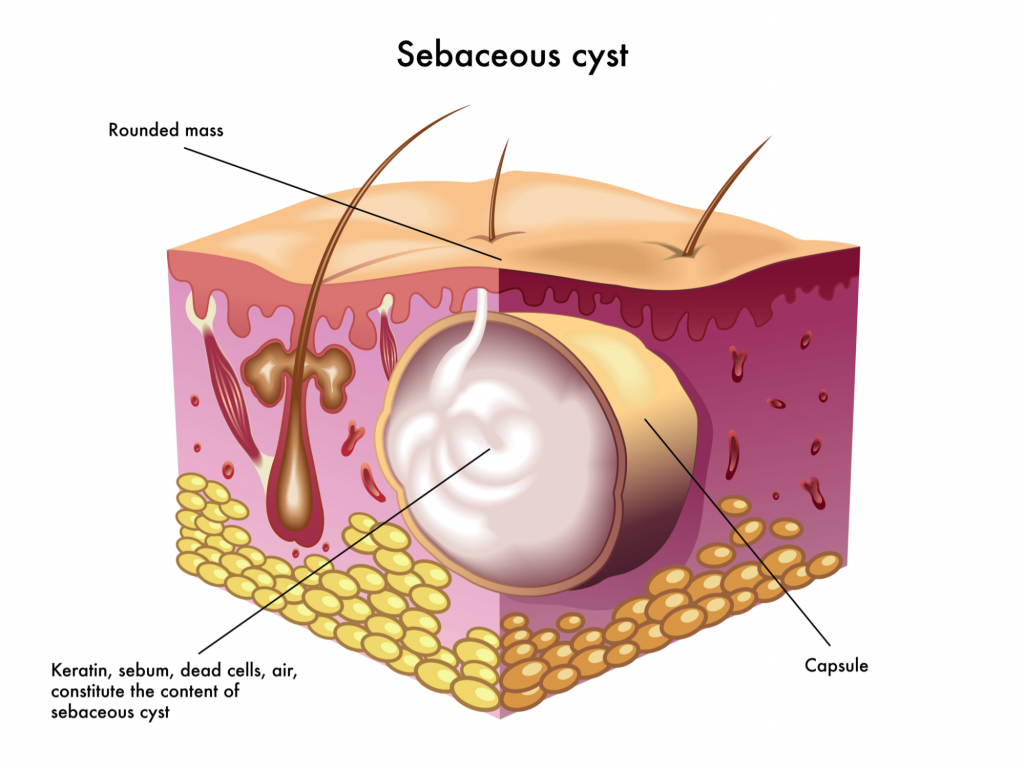
I can’t give you a definite answer as the reasons behind the cysts’ formation depend on the type of cyst one has. Etiologies that contribute to cyst formations involve:
- Inherited diseases
- Chronic inflammation
- Infections
- Blockages in ducts
Types of Cysts
Cysts can appear almost anywhere in your body. Today I’ll be focusing on the most common skin cysts.
Epidermoid cysts
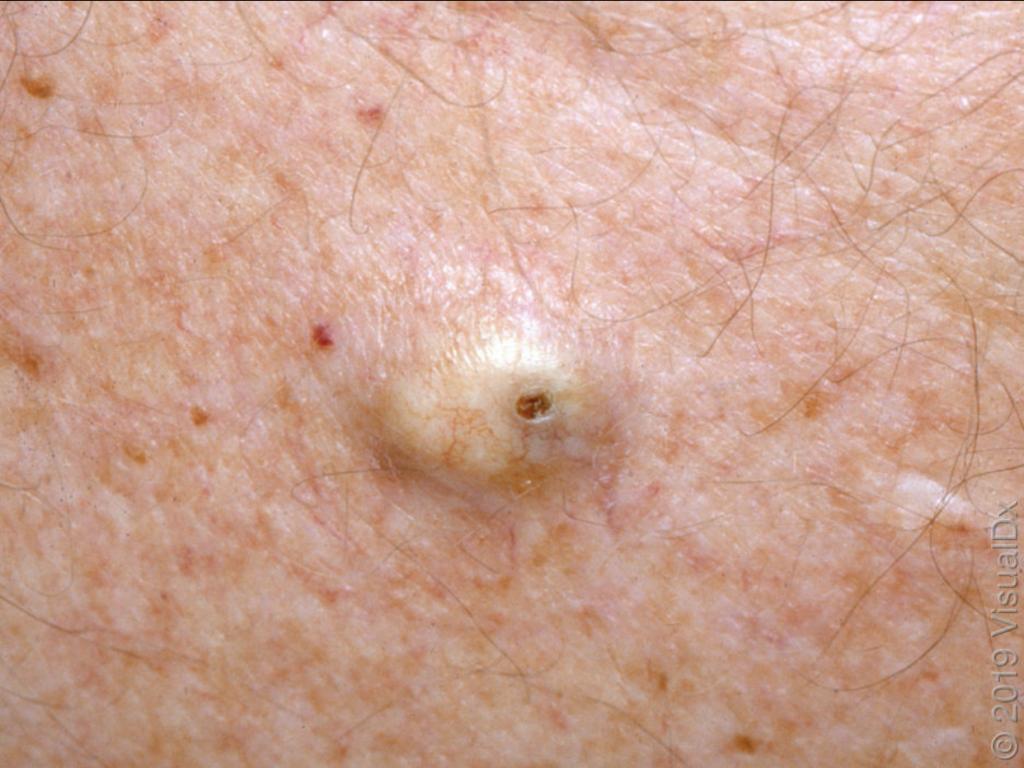
Epidermoid cysts are benign dome-shaped lumps that sometimes have a dilated opening. These lumps are filled with a soft, yellowish substance called keratin. In rare cases, epidermoid cysts are associated with an inherited condition called Gardner’s syndrome. You should not try to express the content of the cyst at home as that can lead to irritation or even infections.
Pilar cysts
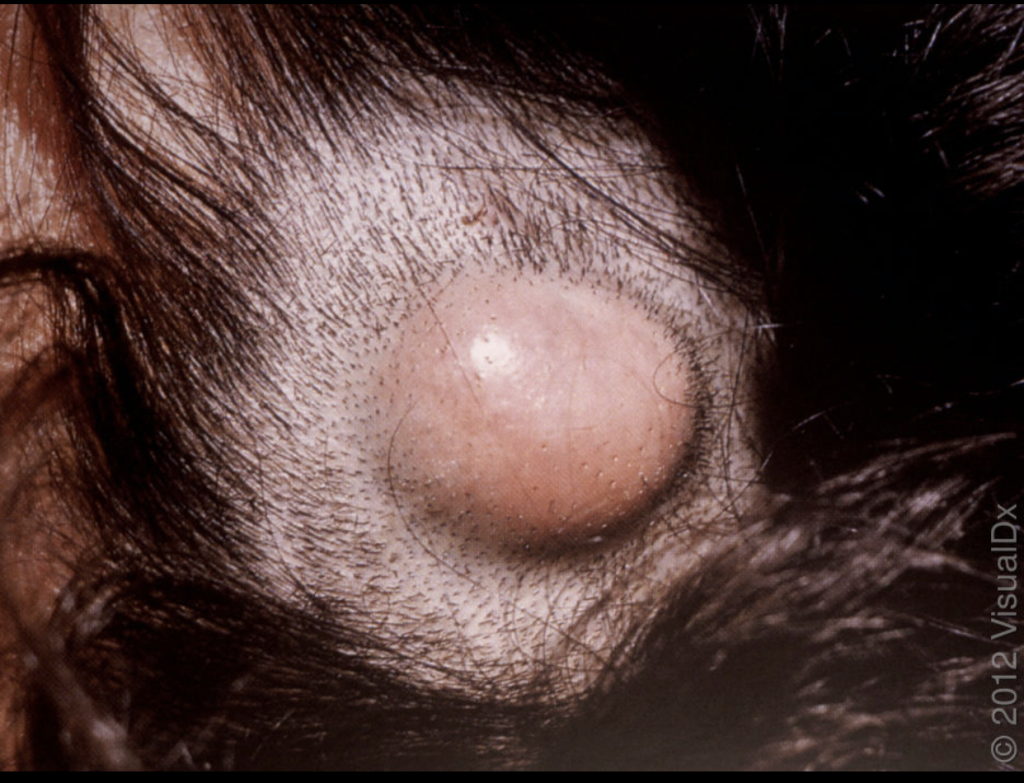
Pilar cysts are the flesh-colored bumps that develop on the scalp. These are also called trichilemmal cysts. These are benign cysts of hair follicle origin. Health-wise, they’re not anything concerning as they’re not cancerous, but they can be quite uncomfortable and can get inflamed or infected.. Pilar cysts are more prevalent in middle-aged women, and they can be hereditary.
Steatocystoma
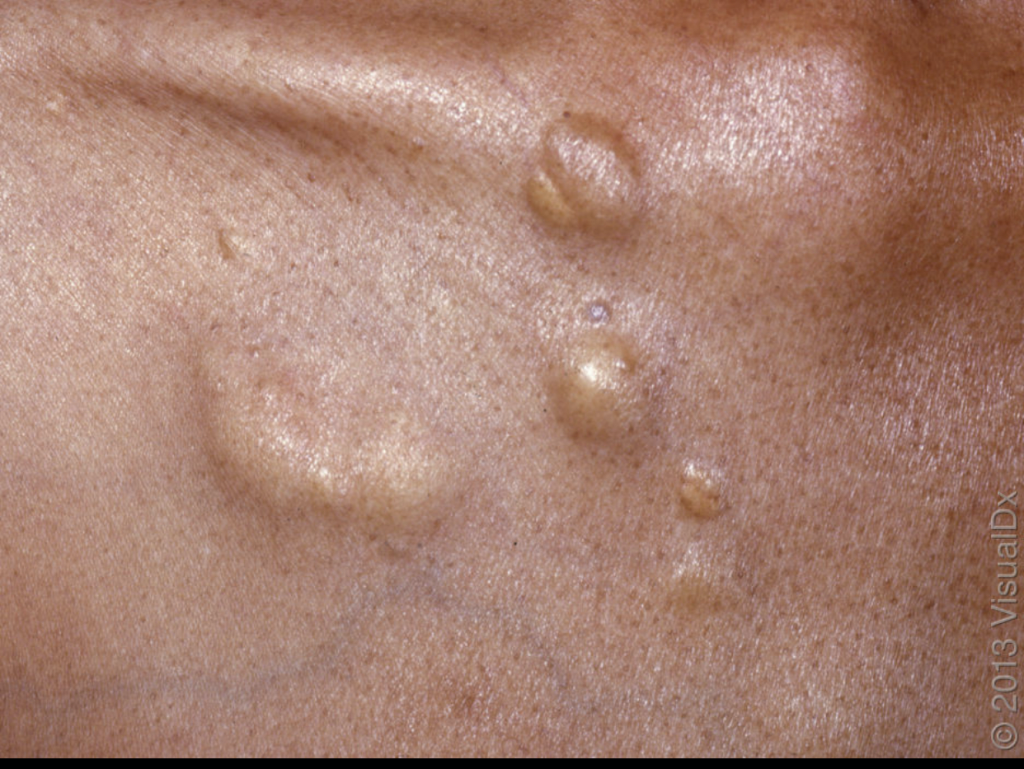
Steatocystomas are benign sebaceous cysts. Most commonly involve the chest, abdomen, arms and armpits. These cysts are typically small (2-20 mm) and tend to be firm, containing an oily, yellow substance.
Chalazion
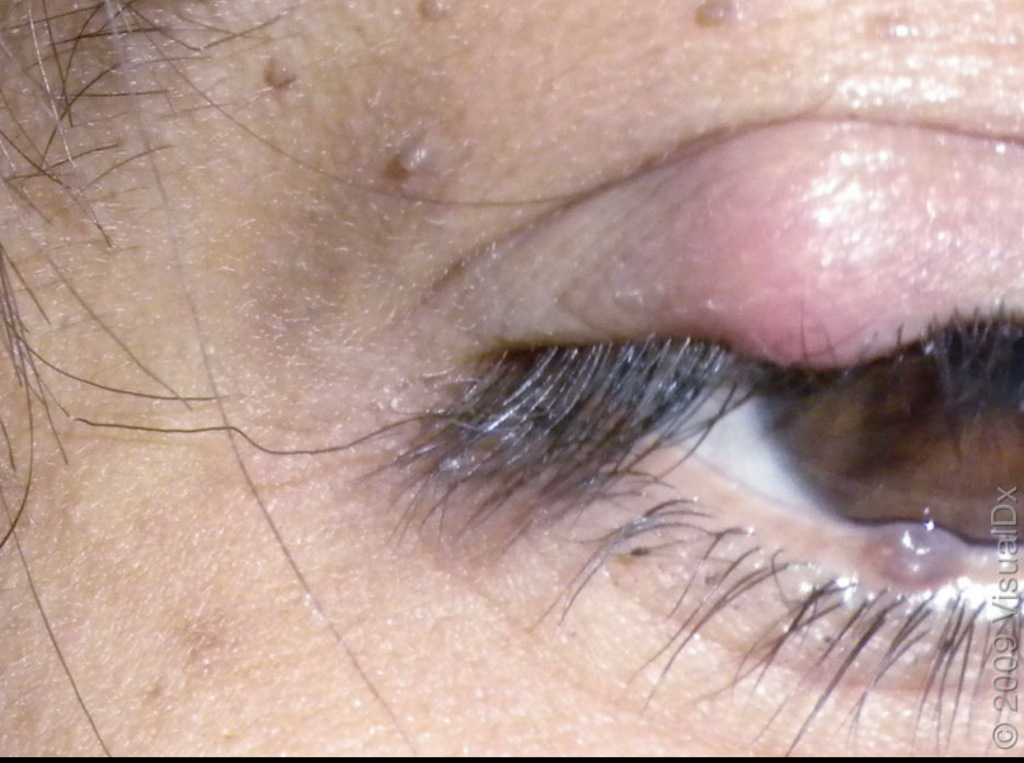
Chalazion cysts are the type of cysts that form on eyelids. They form when the oil gland duct is blocked. They can appear as a smooth nodule with eyelid swelling that can be painful.
Mucous cysts
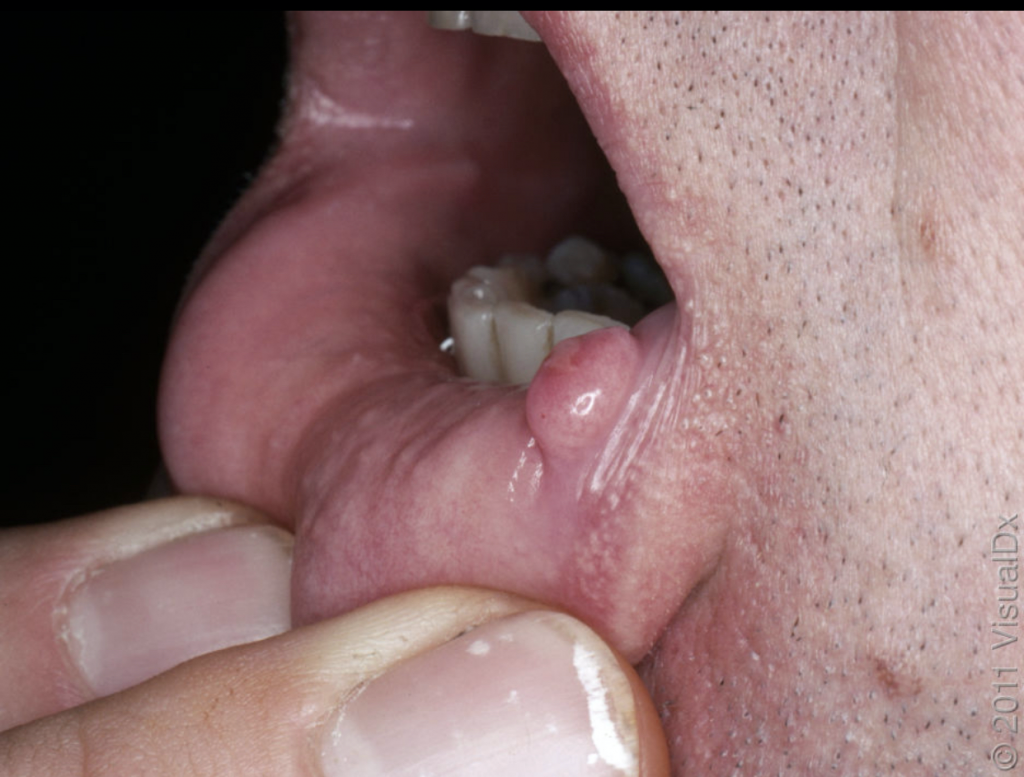
Mucous cysts, also known as mucoceles, are fluid-swellings that appear in the mucosal surfaces of the mouth, most commonly affecting the lower lip. These cysts occur due to trauma of a salivary duct which results in spillage of mucin and the creation of a cyst. Conservative surgical excision is usually recommended.
How Are Cysts Treated?
Dermatologists consider several factors when deciding on the appropriate treatments.
- The type of cyst
- The location of the cyst
- Whether the cyst is infected or inflamed
- Whether it’s causing pain or discomfort
Medical treatment
Some of the most used methods to treat cysts medically include:
- Incision and drainage of the cyst in the office
- Antibiotics to treat infected cysts and to decrease inflammation
- Corticosteroid injections to reduce cyst inflammation
- Surgical removal of the cyst
Lastly and most importantly this post is just meant to be a rough guide of what cysts can look like. This information is not meant to be used to diagnose your own cysts. Please see your dermatologist to have your growths evaluated to make the appropriate diagnoses and treatments.
